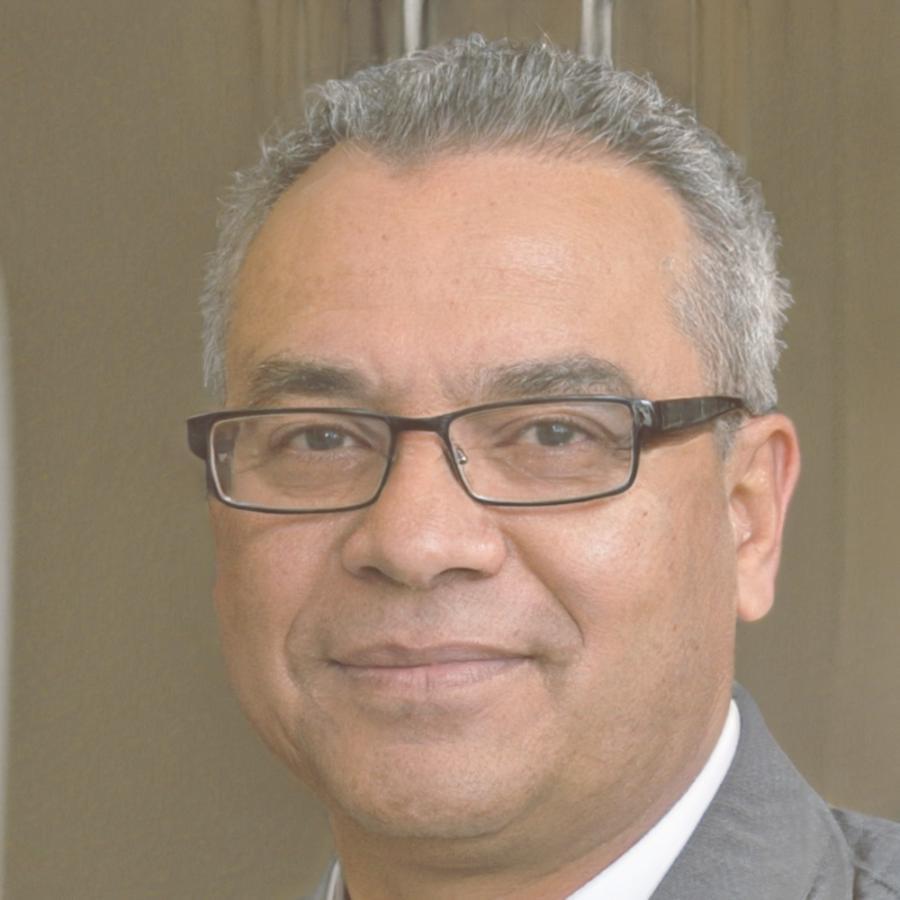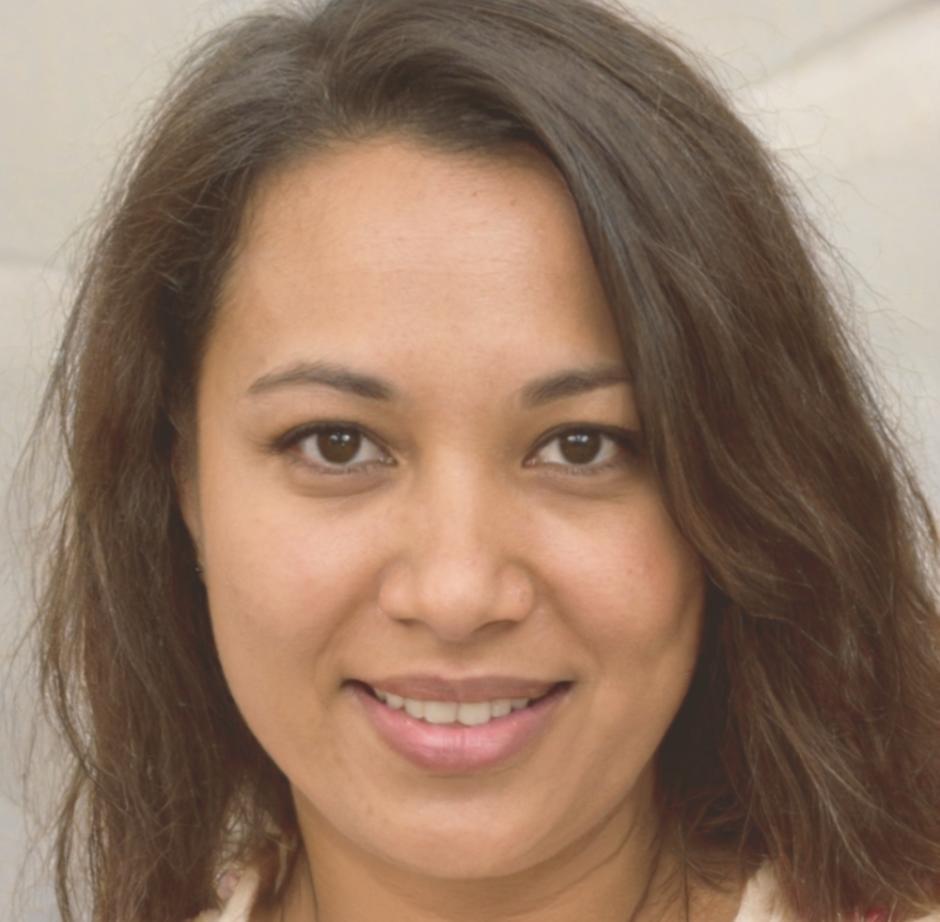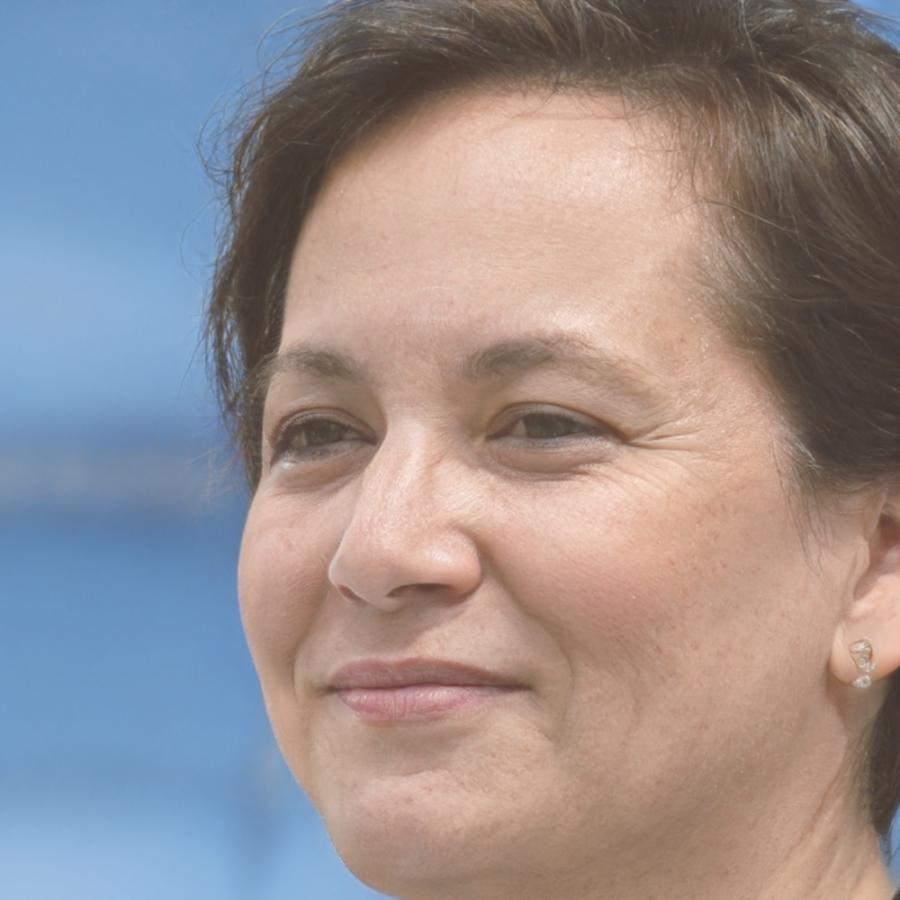AR/VR Game Development Training
Learn to build immersive experiences with Unity and Unreal Engine from experienced developers who've shipped commercial projects across multiple platforms.
Learn From Working Developers
Our instructors aren't just teachers. They're working professionals who spend their days solving the same problems you'll encounter. When they explain spatial audio or optimization techniques, it comes from hours spent debugging real builds.

Viktor Petrović
Unity Specialist
Eight years building VR training simulations for industrial clients. Viktor knows every quirk of Unity's XR toolkit because he's hit most of them at 2am before a deadline.

Jelena Marković
Unreal Engine Lead
Former technical artist at a European game studio. Jelena bridges the gap between beautiful visuals and performance—a balance that every AR/VR project demands.

Milica Jovanović
Interaction Designer
Spent six years designing spatial interfaces for mixed reality apps. Milica teaches the human side—how people actually move and interact when they're wearing a headset.

Common Obstacles & How We Handle Them
Performance Bottlenecks
Your scene runs fine in editor but drops to 45fps in headset.
We spend two full weeks on profiling tools and optimization strategies. You'll learn to identify draw calls, manage LOD systems, and use occlusion culling before your frame rate becomes a problem.
Spatial Audio Issues
Sound sources don't behave realistically in 3D space.
Month three covers spatial audio implementation with both built-in tools and third-party plugins. You'll build a demo environment where audio positioning actually matters for gameplay.
Cross-Platform Compatibility
Your Quest build breaks features that worked on PC VR.
We teach platform-specific considerations from day one. By month eight, you'll have deployed the same project to three different headsets and understand why each needed adjustments.
How We Actually Teach This
Theory matters, but only when it's connected to something you're building. Our approach puts you in front of the engine early and keeps you there.
Hands-On From Week One
First week you build a simple VR scene with teleportation. Not perfect, but functional. You learn by doing, then we explain why it works.
Weekly Code Reviews
Every Thursday we review student projects as a group. You see other people's solutions, discuss trade-offs, and realize there's usually more than one right answer.
Incremental Complexity
Each project builds on the last. That teleportation system from week one becomes continuous locomotion in month two, then networked movement in month five.
Real Client Briefs
Final four months involve actual project specs from our industry contacts. You'll work with unclear requirements and changing priorities—just like you would professionally.
Technical Documentation
You document everything you build. Sounds boring until you revisit your own code three months later and realize why this matters.
Portfolio Development
By graduation you'll have six polished demos showcasing different skills. Each one demonstrates a specific technical capability with context about your design choices.
Questions People Usually Ask
When does the next cohort start?
September 2025. Applications open in May. We take 18 students per cohort because that's the most we can properly support with our current instructor team.
What equipment do I need?
A VR-capable PC is required. We provide access to Quest 2 headsets during class hours, though owning one helps for homework. Full specs and alternatives are covered in our technical requirements guide.
Do I need prior programming experience?
Basic understanding of C# helps but isn't mandatory. First month includes programming fundamentals. If you've never coded, expect to put in extra hours during that initial period.
How much time outside class should I expect?
Plan for 15-20 hours weekly beyond the scheduled sessions. Some weeks will be lighter, others heavier—especially when you're troubleshooting build issues or polishing portfolio pieces.
What happens after graduation?
We don't promise job placements. What we offer is a portfolio review with industry professionals and introductions to studios we've worked with. Some graduates freelance, others join teams—depends on your goals. More on post-program support in our about section.
Can I see a sample curriculum?
Detailed month-by-month breakdown is available after you submit an inquiry. We keep it behind a form because the curriculum evolves based on industry changes and student feedback. Request the full overview here.
